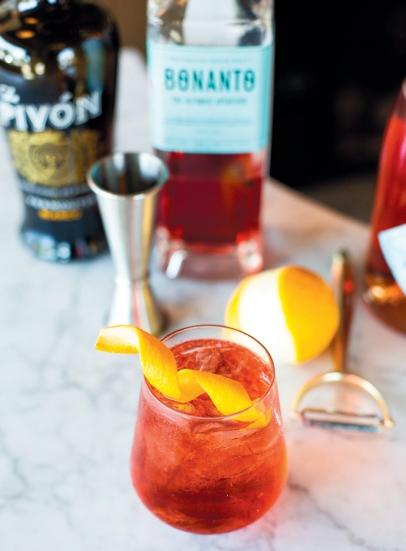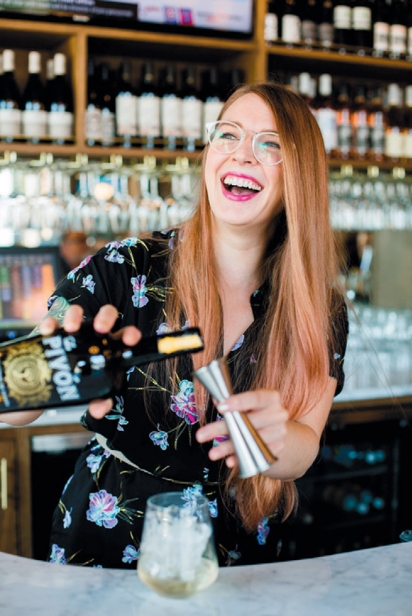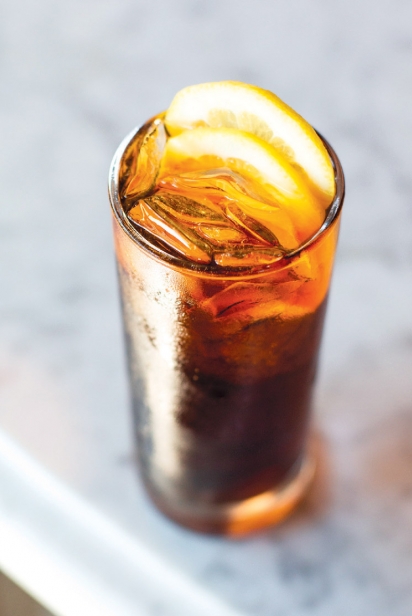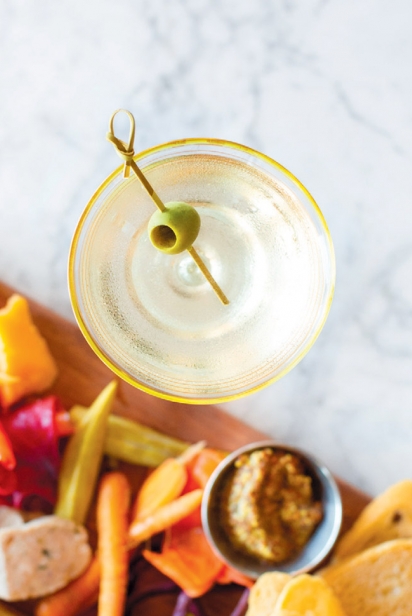Everyday España
Spaniards. They have it figured out. They siesta and sobremesa. (Hey Siri, wha…?) A nap and a leisurely chat after a meal, which both lend to a lower stress and slower paced lifestyle. That’s what. The Spaniards take time to enjoy life and family. More vacation days and even personal days to fulfill daily obligations like taking your kid to the doctor. What a concept. You’re going to be five minutes late to a meeting in Spain? Pfft. If the person waiting on you is flustered, it’s on them. Plus, the Spanish invented tapas, basically just snacks with a glass of alcohol (yes please!). I’ve not yet visited Spain, but the culture has always fascinated me. One day, I will make the trek, and when it’s time to return to our beloved Oklahoma, I will throw the biggest hissy fit on my way to the airport while shoving the last pieces of cheese and prosciutto that I can find into my mouth. That might be a very entertaining Facebook Livestream? Stay tuned.
Anywho, arguably the most impressive thing is that they’ve mastered the art of day drinking. Or just drinking in general. Keep it simple. The focus is on what's most important, which is socializing while maintaining a light buzz that doesn’t result in lights out by 2 p.m. You have your cubatas-rum and coke, gin and tonic, your simple one & ones. Here in America, it’s more like one & dones if you spend the day shooting tequila and chasing with White Claws, am I right? They even mix dry red wine with Coke (Kalimotxo), sherry with lemon-lime soda or lemonade and mint (Kali’s southern cousin, Rebujito), as well as pitchers of red wine and lemon soda for those sunny patio hangs (Tinto de Verano, super low maintenance Sangria). Do you see a trend here? Dilution. Lower abv cocktails mean higher chances of hanging out with your buds longer. It’s simple math.
Following this trend, the focus is on low-fuss, easy cocktails with some of my favorite wine and spirits from Spain. Let the ingredients speak for themselves. It’s all about simplicity and balance, baby.
Spaigliato: a Spanish version of a Sbagliato, and some seriously embarrassing word play. Sbagliato means “mistaken”, “messed up”, “oof” in Italian. I’m pretty sure Spaigliato means “sorry not sorry” in Spanish. Traditionally equal parts Italian sweet vermouth, Campari, and sparkling wine, I’ve swapped the vermouth for La Pivón Blanco hailing from Madrid, Campari for its bashful little Mediterranean cousin Bonanto, and one of my favorite bottles of bubbles called Viva La Vida Pinot Noir Rosé Cava.
La Pivón: inspired by this wonderful thing called La Hora del Vermut. You heard me. THE Vermouth Hour. You’re telling me I could have vermouth on tap and salty little fishy snacks everyday before lunch?! Crafted traditionally (and deliciously) from the only vermouth producer in Madrid, “La Pivón” translates to “a very attractive person.” You know what they say, you are what you drink. A spicy, approachable, and complex little number. The Blanco and Rojo are both worth trying on the rocks or in your favorite classic. Don’t be afraid of vermouth; if you’re nice to it (refrigerate after opening and consume in the next few weeks), it will be nice to you.
Bonanto: a sommelier and two mixologists walk into a Barcelona bar and boom! We have a new and oddly refreshingly aperitivo on our hands. Being wine based with an intentionally low sugar content, the Mediterranean botanicals and unexpected acid pop from the cherry distillate and apple tincture make a fun ingredient to mix with or drink on its own. Practice restraint when with other ingredients if swapping it out for Aperol or Campari in recipes so you don’t overpower the delicate basil, thyme, and citrus notes it lends.
I know what I said about low abv cocktails earlier, but who doesn’t love a properly made martini? The simplicity and sophistication cannot be beat.
We all know there are so many ways to make a martini. And there should be! As a bartender, I was taught that a martini order is an interview. I feel like the guest should expect those questions or be open to the explanation of why the bartender is asking for specifics. And never let anyone shame you for your martini choice. Drink what you like. I’ll hop off of my soapbox now.
Vodka or gin? Up or on the rocks? Shaken or stirred? Dry, extra dry, wet? (This one means different things to different people; bars have different opinions and bartenders are taught different ratios of how much spirit to vermouth so clarification is pretty important.) You want me to wave the bottle over the top and nod towards France? You want it Julia Child style 1:5 gin to vermouth aka reverse martini? Last but not least, the Oliver Twist conundrum. I mean, olive OR twist?
GinRaw comes from the same people who brought us Bonanto in Barcelona. In fact, it came first. A chef, a sommelier, a mixologist, and a master parfumeur collaborated to make this super-premium gastronomic gin. Everything about this spirit is so extra-in the best wayfrom the design of the bottle to the process of making it. Employing two distillation methods: traditional in copper pot stills and Rotoval (low-temperature distillation, a technique borrowed from Spanish avant-garde cooking and the first distillery to use this technology), the team put their heads together and found a third generation female Master Distiller (who runs the world? Girls!) to bring this dream to reality. I mean, this woman was literally born in the distillery. Is everyone just a badass in Spain or what? They harvest over twenty fresh Mediterranean and exotic botanicals only once a year at the peak of ripeness and cut zero corners in any step of the process.
That being said, this gin doesn’t need much to make it great. It’s nuanced and dangerously smooth. It keeps changing as you sip on it and has very low heat so you almost don’t realize you’re sipping on something that is 42.3% abv.
I wanted to kick up the complexity and bitterness just a touch by adding a little La Pivón Blanco, as well as add a little nuttiness from a Manzanilla Sherry. I recommend Don Zoilo Manzanilla from Bodegas Williams & Humbert, which was founded in 1877 by Sir Alexander Williams and Arthur Humbert, two dudes who were involved in the creation of the Jerez-Xeres-Brandy Quality Demarcation as well as the criteria for evaluating Sherries. See what I mean? Everyone is just sexy and talented over there. A Fino Sherry, or really any style you like, will do. I prefer bottles that you can drink on their own so you get more bang for your buck.
Don’t be afraid to play with the ratios to suit your taste. This recipe was my favorite out of four I tried. The ones with more Sherry or vermouth were lovely, a little more bitter and less boozy, but delicious all the same.









